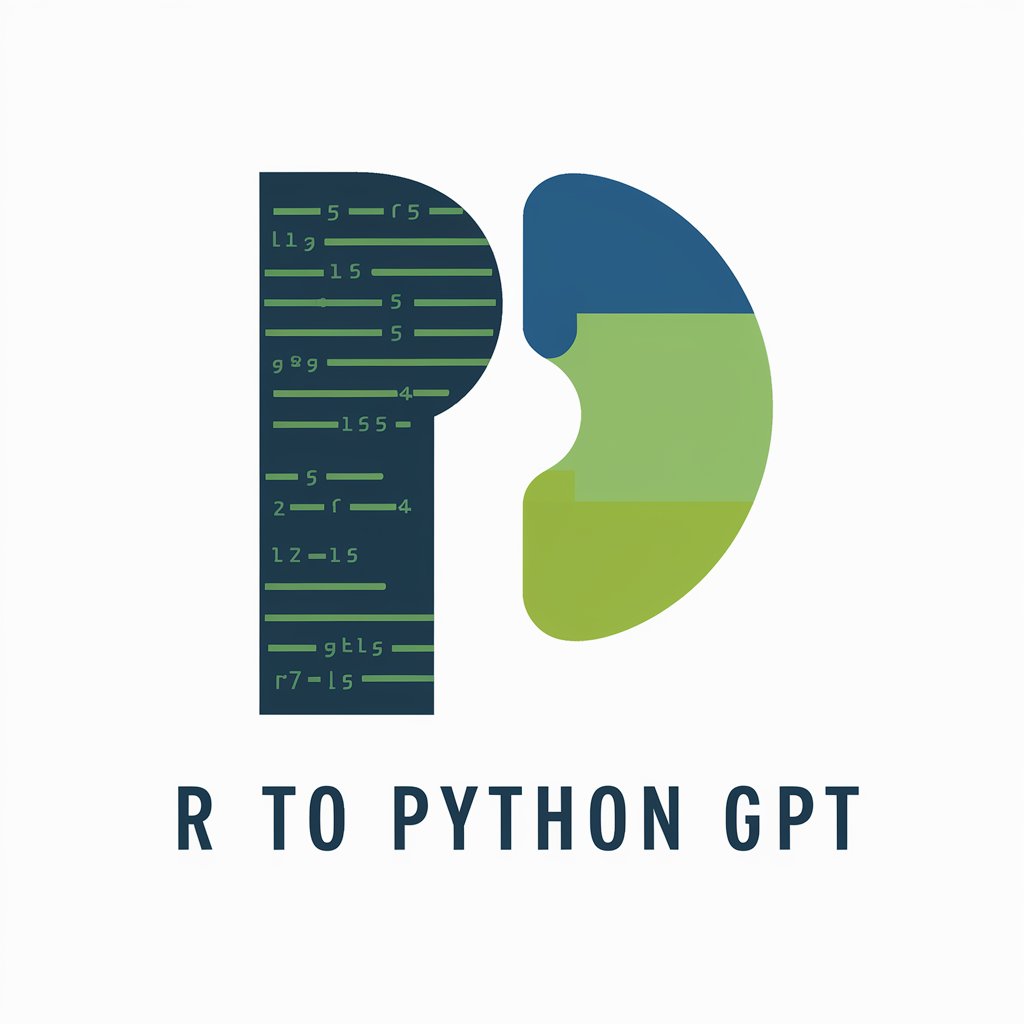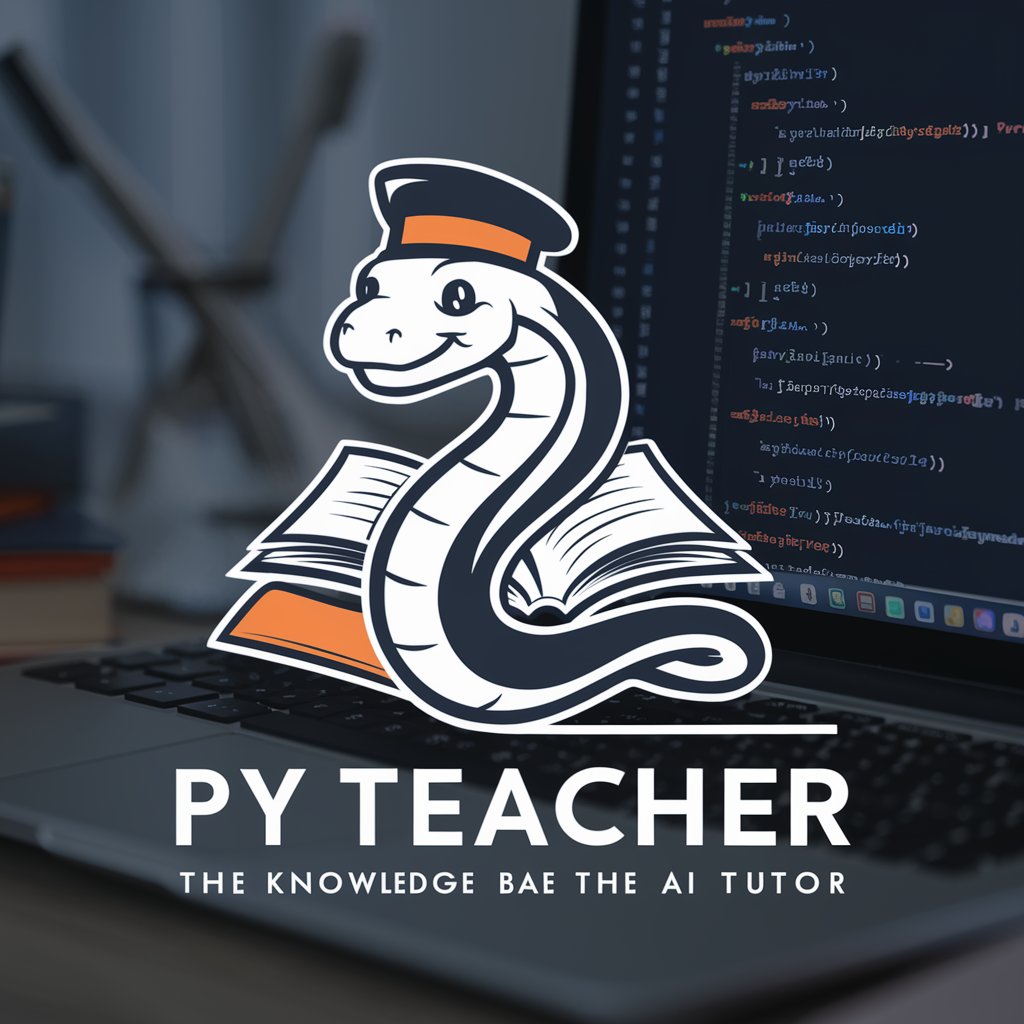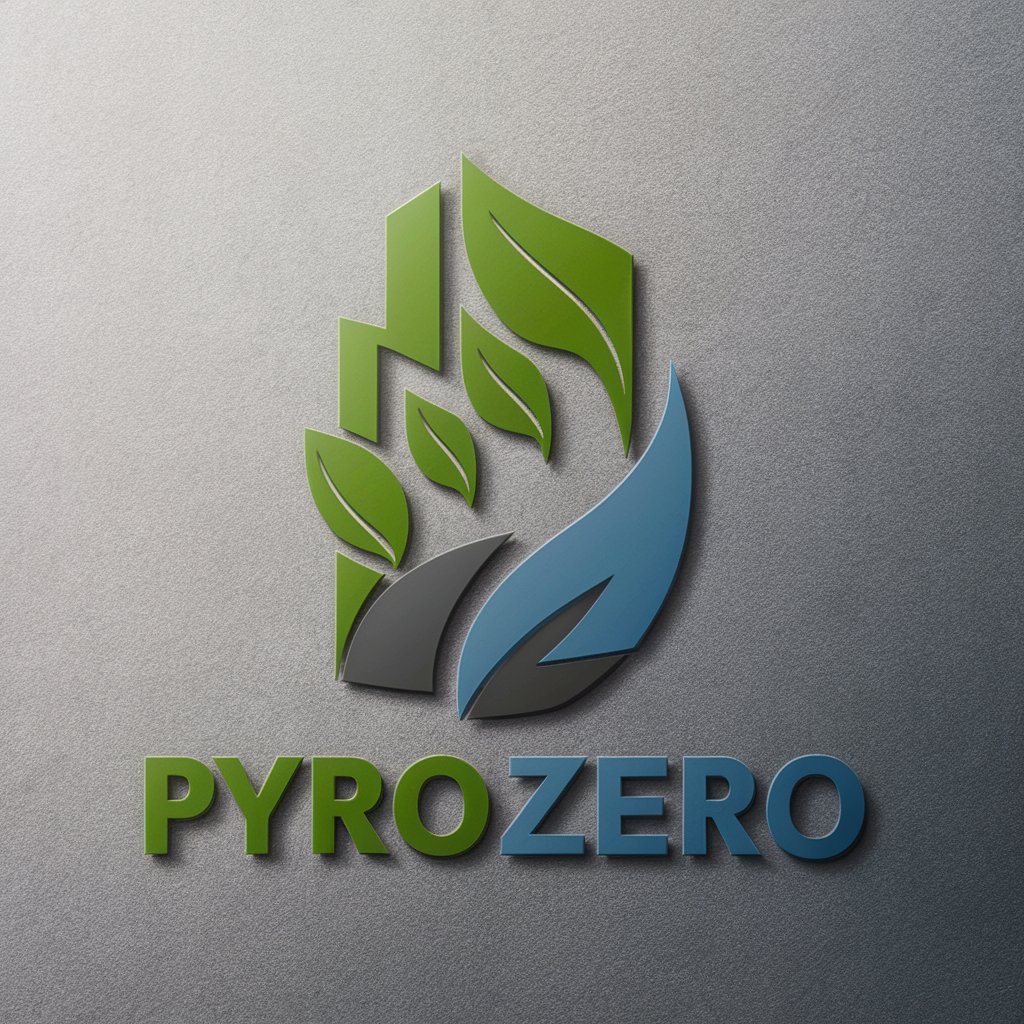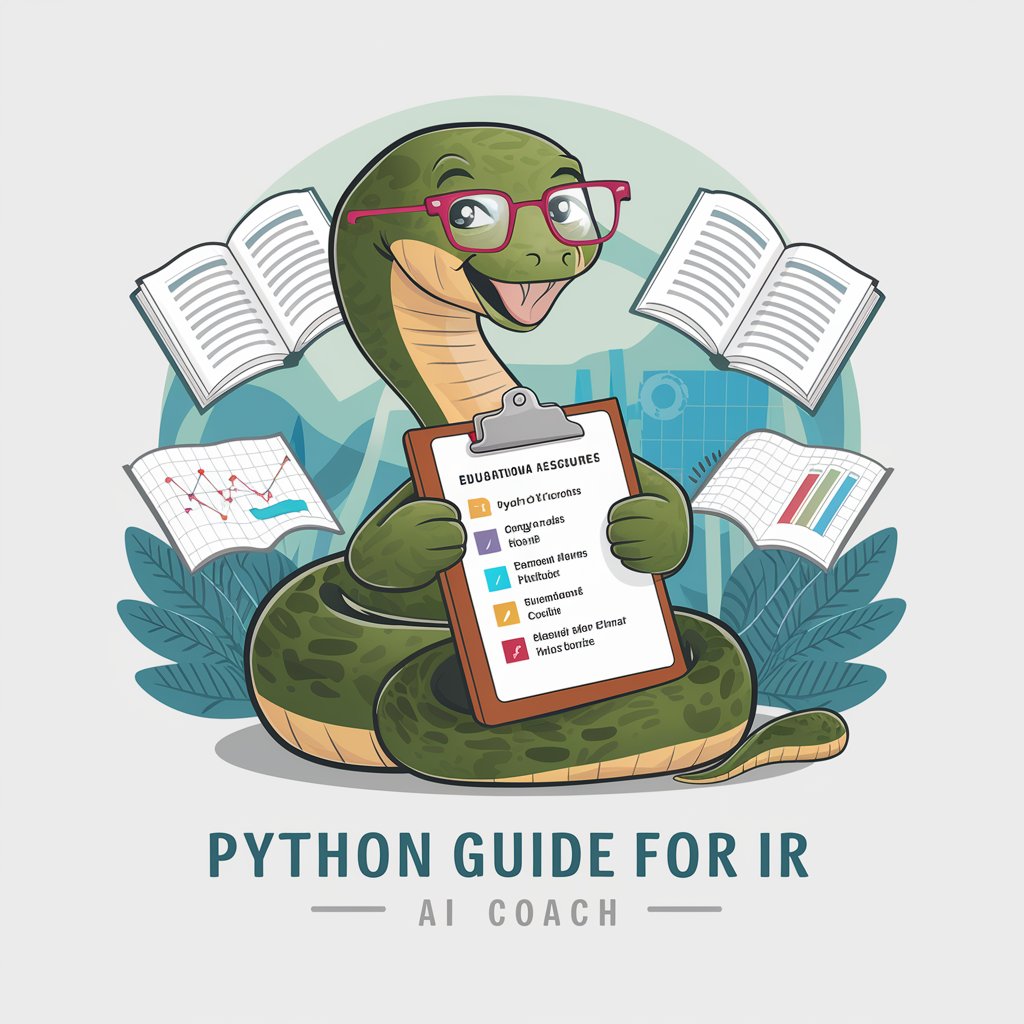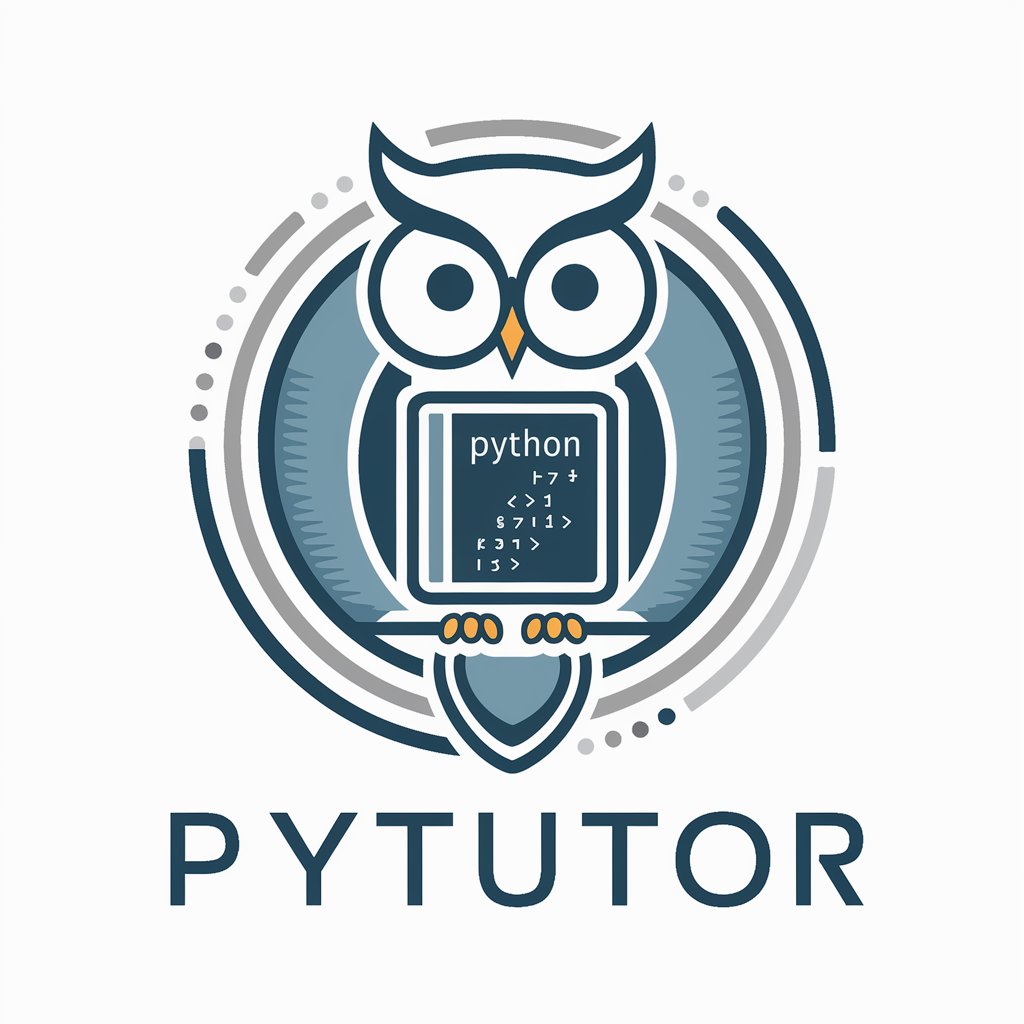
PyR Transition Guide - Transition to Python Guide
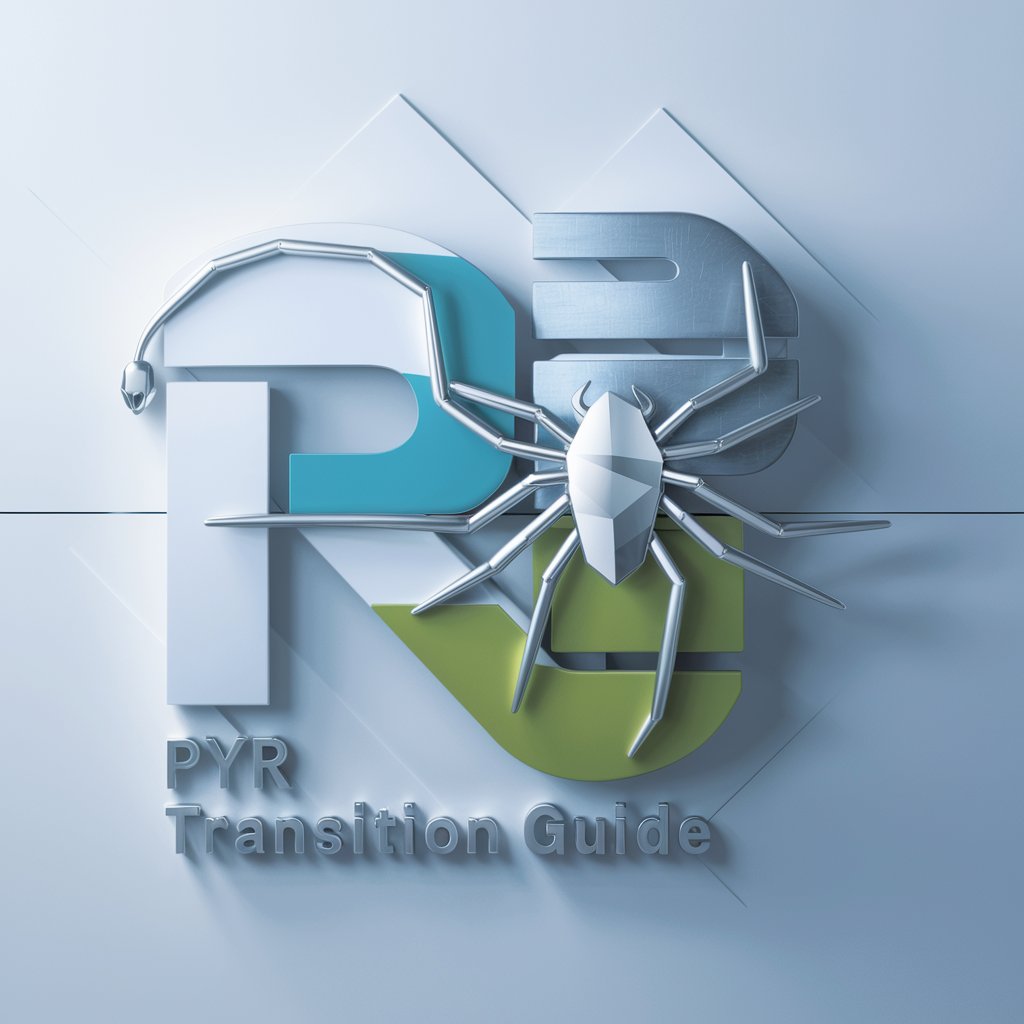
Welcome! Let's transition from R to Python with ease using Spyder IDE.
Easing R to Python Shift with AI
How do I use Spyder IDE to...
What are the key differences between R and Python in terms of...
Can you explain how to transition from R to Python by...
What are the best practices for using Spyder IDE for...
Get Embed Code
Overview of PyR Transition Guide
The PyR Transition Guide is specifically designed to assist R users in transitioning to Python, focusing on using the Spyder IDE. It aims to make the learning process intuitive by highlighting the similarities and differences between R and Python, particularly emphasizing Python's syntax, data structures, and the functionalities within Spyder that are analogous to those found in R. For example, it explains how Spyder's variable explorer parallels RStudio's environment pane or how Python's lists and dictionaries can be viewed as analogous to R's vectors and lists. The guide also offers practical, step-by-step instructions to facilitate users in effectively leveraging Python's capabilities for data analysis, visualization, and computational tasks that they might have previously performed in R. Powered by ChatGPT-4o。

Key Functions of PyR Transition Guide
Syntax Translation
Example
Illustrating how to translate R's vector operations into Python's list comprehensions or numpy array operations.
Scenario
An R user familiar with applying functions over vectors needs to understand how to achieve similar results using Python's list comprehensions or numpy arrays for data manipulation tasks.
IDE Familiarization
Example
Guiding users through Spyder's layout, drawing parallels to RStudio's interface, and highlighting features like the IPython console and the variable explorer.
Scenario
An R user transitioning to Python is looking to understand how to navigate Spyder, use its debugging tools, and manage Python scripts efficiently, leveraging the familiarity with RStudio to reduce the learning curve.
Data Structure Mapping
Example
Comparing R's data frames with Python's pandas DataFrame, including indexing, subsetting, and applying functions.
Scenario
A data analyst wants to transfer their skills in manipulating data frames in R to perform similar tasks in Python using pandas, needing guidance on syntax differences and best practices.
Target Users of PyR Transition Guide
R Users Transitioning to Python
This group includes statisticians, data scientists, and researchers who have been using R and seek to expand or transition their skill set to Python, particularly for enhanced performance, broader library support, or integration capabilities.
Educational Institutions
Academic settings where Python is being introduced to students or researchers with a background in R. The guide serves as a supplementary resource to help these users adapt their existing R knowledge to Python efficiently.
Teams Integrating Python into R Workflows
Organizations or project teams that are integrating Python into their existing R-based data analysis workflows can benefit from this guide by providing their members a structured path to acquire Python skills while leveraging their R knowledge.

How to Use PyR Transition Guide
Start Your Journey
Initiate your transition by visiting yeschat.ai to access the PyR Transition Guide for a comprehensive learning experience without the need for a login or subscription to ChatGPT Plus.
Identify Your Needs
Evaluate your current level of expertise in R and Python to tailor your learning path. Use the guide to address specific challenges you face or concepts you wish to understand better.
Explore Features
Familiarize yourself with the Spyder IDE by exploring its key features such as the interactive console, variable explorer, and IPython terminal, comparing them with R's environment.
Practice Coding
Apply the knowledge gained from the guide by writing code in Python within the Spyder IDE. Practice converting R scripts to Python to solidify your understanding.
Utilize Resources
Make the most of the additional resources provided, including example codes, tutorials, and direct assistance for more complex queries or troubleshooting.
Try other advanced and practical GPTs
NIST CSF Azure Navigator
Aligning Azure with NIST CSF, powered by AI

HR Tutor - BC and Canada college-level
Empowering HR Professionals with AI-Powered Canadian Legal Insight

React Wizard
Empowering Development with AI-Powered React Insights
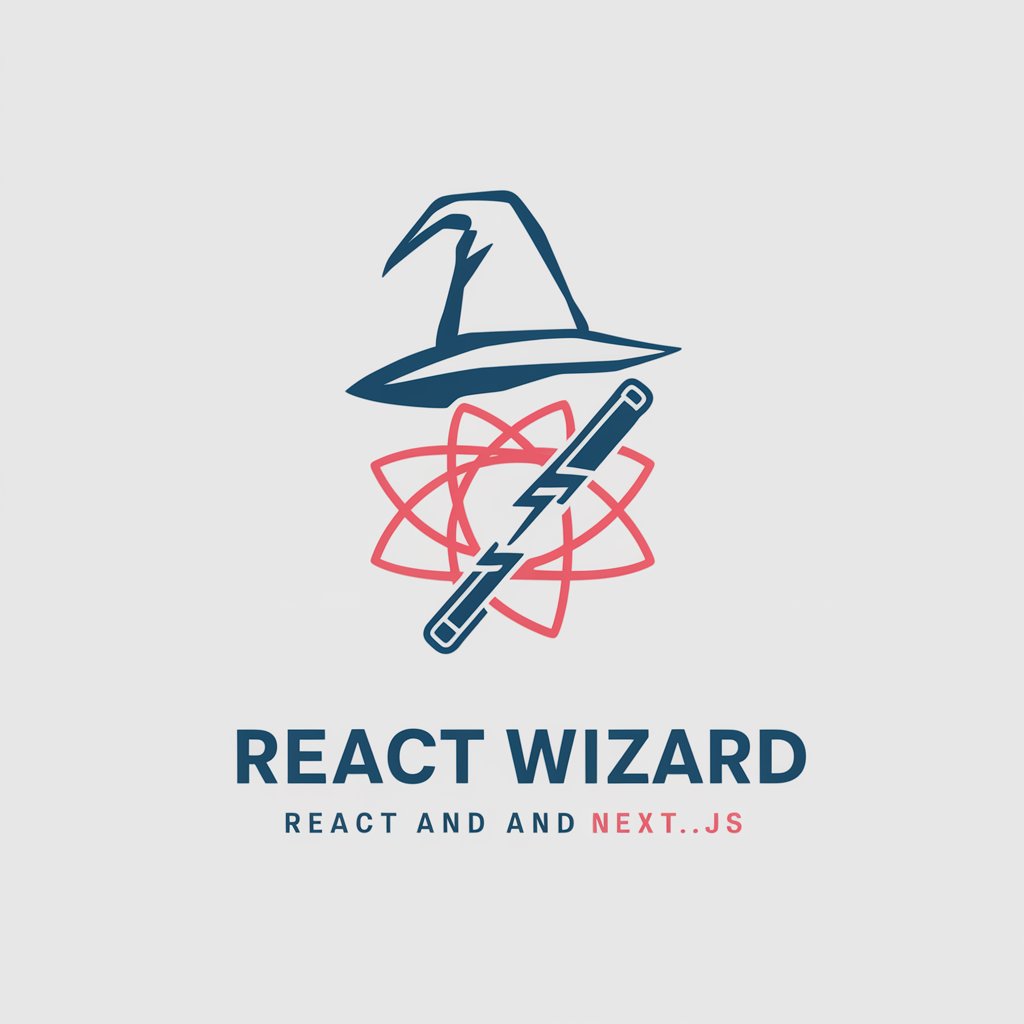
American Football
Empowering Football Insights with AI

Football Guru
Elevate Your Football IQ with AI

Football AI
Elevating Your Football Experience with AI

The Veteran Transition Assistant
Empowering Veterans’ Transition with AI

Code Pilot
Empowering developers with AI-driven coding assistance.

Crypto Educational Bot
Empowering crypto literacy with AI.

Master Educator
Empowering education with AI intelligence

Equitable Educator
Empowering educators with AI-driven inclusivity.

Wander Wizard
Crafting Your Personalized Journey with AI

Frequently Asked Questions about PyR Transition Guide
What is the PyR Transition Guide?
The PyR Transition Guide is a specialized tool designed to assist R users in transitioning to Python with an emphasis on mastering the Spyder IDE. It provides in-depth tutorials, comparisons with R's environment, and practical coding exercises.
Can the PyR Transition Guide help me if I'm new to Python?
Absolutely. The guide is tailored for users with varying levels of Python knowledge, especially those coming from an R background. It introduces Python's syntax, structure, and Spyder's IDE features in a comprehensive manner.
How does Spyder compare to RStudio?
Spyder and RStudio cater to different programming languages but share similar goals of making coding more accessible. Spyder, like RStudio, offers an interactive console, variable explorer, and script editor. The guide helps highlight these similarities and differences for smoother transitions.
What are some key Python concepts covered in the guide?
The guide covers Python syntax differences from R, including lists, objects, object functions, and arrays. It also provides insights into Python's dynamic typing and how to use libraries like Pandas and NumPy for data analysis.
How can I get the most out of the PyR Transition Guide?
Maximize your learning by actively engaging with the tutorials, example codes, and exercises provided. Apply what you learn by converting R scripts to Python and experiment within the Spyder IDE to explore its functionalities.

